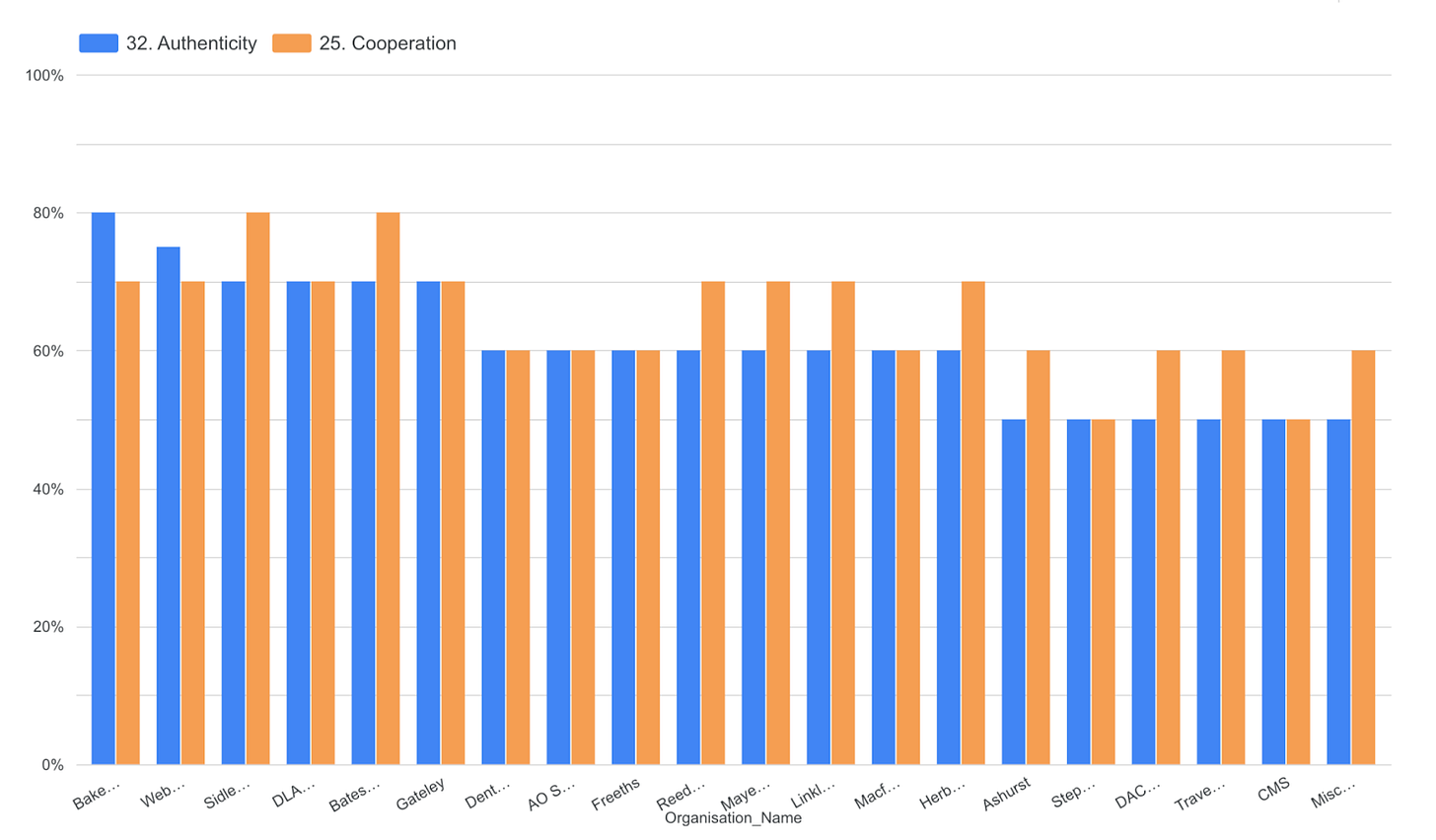The High Cost of Inauthenticity: Ten Questions Every Leader Should Be Asking

In an era where transparency is increasingly demanded, inauthenticity has become a silent infection that damages organizational trust, culture, and performance. The once-common habit of accepting corporate narratives at face value is eroding under the weight of growing scrutiny. Whether it’s investors, employees, or regulators, stakeholders today demand more than polished language. They want credible evidence that organizations are what they claim to be.
During a conversation with a group of investment professionals, I was struck by a fund manager’s astonishment at our refusal to take a company’s self-descriptions at face value. Our analysis, grounded in a human systems perspective, required us to interrogate stated claims. This was before “greenwashing” and “purpose-washing” became widely recognized terms. Today, the pervasive nature of these concepts underscores a critical reality: the gulf between a company’s statements, values, and its real behavior is not just a branding issue. It has become a material risk and a potential liability.
Yet, most firms remain opaque. And many people continue to believe what firms say about themselves. Carefully crafted communications construct and camouflage the true nature of products, services, business operations, and corporate culture. PR and marketing appear to have far too much influence. But how much does a lack of transparency and authenticity damage the value of a firm?
When Words Collide with Reality
These examples make it clear that authenticity is not a nice-to-have. It is a core driver of strategic cohesion, healthy organizational culture, and financial performance.
Why Authenticity Matters to Performance and Value
The financial consequences of lost trust are often couched in terms of “reputation” or “brand damage,” but this framing understates the deeper organizational harm. Trust erosion degrades collaboration, productivity, and the very relationships that support long-term sustainability. Customers and clients don’t just stop buying products and services; they withdraw belief in the people and principles behind them, and are often happy to tell others too.
Yet, Maturity Institute evidence shows that inauthenticity is still a pervasive feature of corporate life that many boards and CEOs fail to recognise. Rarely do leaders’ deeds fully match their words.
The graph below shows the variable nature of authenticity across a selection of law firms. It shows a large gap between true authenticity (100% ) and the reality experienced by stakeholders. It also demonstrates how a firm’s authenticity is associated with cooperation. Lower levels of authenticity are directly linked with lower levels of cooperation.

Table 1: Authenticity and Cooperation in Law Firms
Spotting the Warning Signs: Ten Questions to Ask
Here are ten questions to help assess whether a company’s actions align with its statements, claims, and values:
Purpose: Are the company’s purpose and values clear, coherent, and aligned? Are they brought to life and embedded in day-to-day work and business practices, or are they designed as marketing slogans?
Value: Is value defined, communicated, and managed differently? Are KPIs expressed in financial terms, or do they also include product quality, human and environmental outcomes? How is performance managed on the shop floor? What kind of value are executives and employees incentivised and rewarded for?
People: Are HR slogans like “People are our greatest asset” supported by credible evidence of how firms realise human value, or are they hollow clichés attached to superficial stories?
Impact: Is success defined and reported according to activities (e.g., DEI training, new policies) or by actual, measurable outcomes?
Manifested risk: Are there records of clear contradictions between company claims and reality, such as fines, lawsuits, or employee and customer complaints?
Evidence: Are reported metrics credible and authentic, or merely performative? Do they influence decision-making and actions, or do they decorate reports?
Corporate responses: How does a company react to hard and challenging times? Are layoffs handled humanely or with brutality? Does corporate failure lead to denial, blame, or learning?
Culture: Does the company understand the importance of its culture? Is the narrative of culture written from a PR perspective, or is leadership properly accountable for its health through the Board and C-suite?
Cohesion: Are leaders and staff aligned in achieving or fulfilling strategic goals, purpose, and values, or is there evidence that they are pulling in different directions?
Communication: Do leaders speak candidly and consistently, or are there signals of omission, evasion, or scripted messaging?
The Bottom Line
Authenticity is not a branding strategy; it is a leadership imperative. When companies align their actions with their communications, they build the trust that powers sustainable success. When they don’t, the cost is steep: reputational damage, talent loss, reduced customer loyalty, and strategic incoherence.
Inauthenticity is more than a risk; it’s part of a diagnosis. Its existence is like an infection; if left untreated, it spreads and undermines the very fabric of the enterprise. The cure? Embed the principles of openness, honesty, and transparency, starting with a commitment to lead by example.
